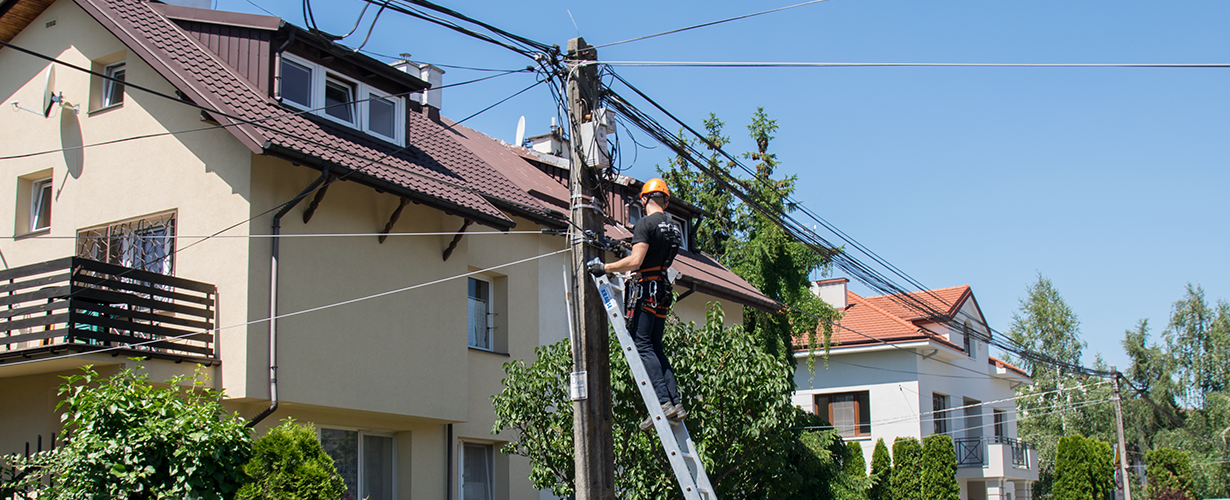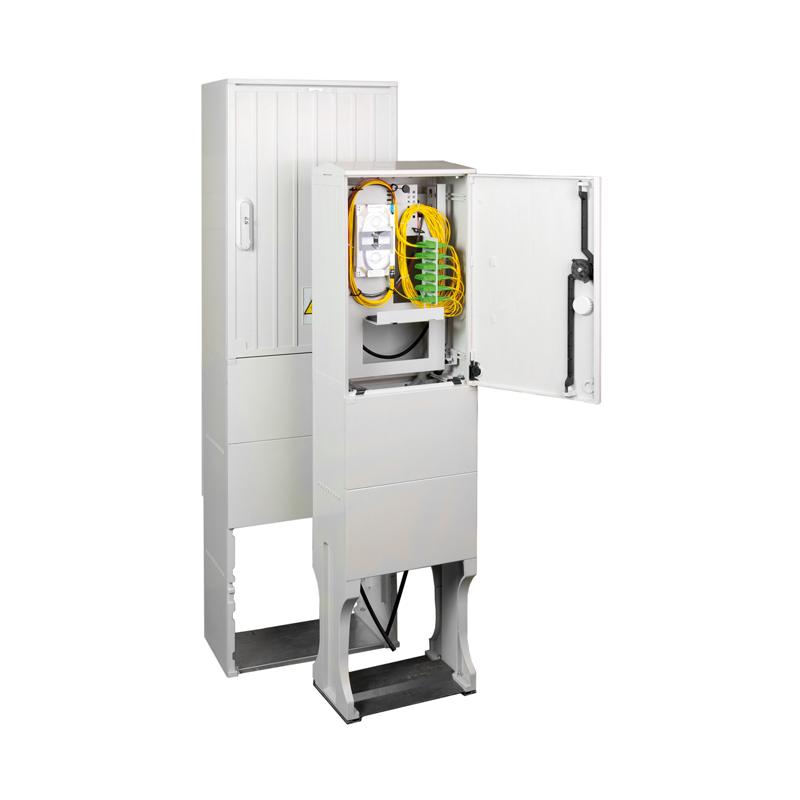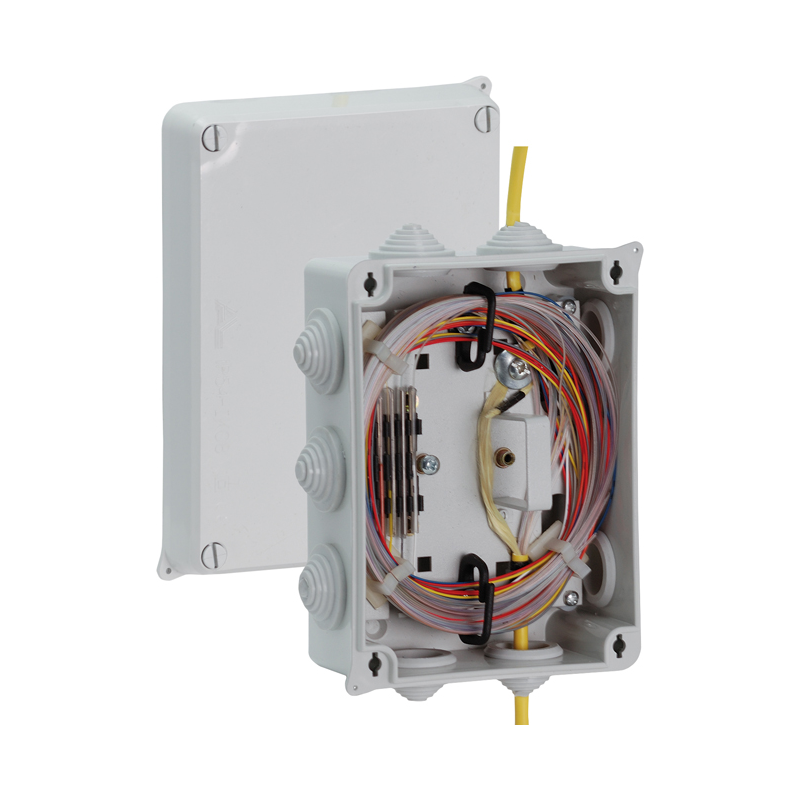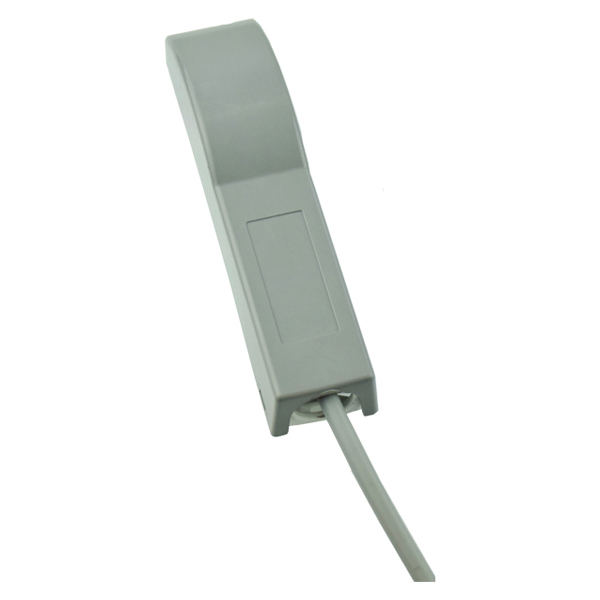Before connecting fibre optic to a family house, local conditions and type of available infrastructure should be taken into account. Various solutions are used for building FTTH networks in residential areas, depending on the distribution point, subscriber connection and utilised infrastructure.
When building an underground distribution network in existing ducting system or undeveloped terrain, a micro-duct system can be applied. It allows configuring routes for fibre bundles and optical mini-cables, as well as easy and convenient network expansion in the future. Compared to traditional networks, it significantly reduces the need for splicing connections, decreases cable stock and the number of telecommunication underground chambers.
Another option is to create suitable aerial infrastructure. Its advantages include low network construction costs, while its disadvantages involve direct exposure to atmospheric factors and consequently, increased susceptibility to faults. Aerial network construction is recommended primarily in rural areas or rocky or marshy terrain.
HOW TO LEAD FIBRE OPTIC TO THE HOUSE?
The proper selection of capacity and location of the distribution point significantly influences the financial expenses related to access infrastructure. In this case, building a network based on splitter cascades is optimal. In such configuration, a distribution patchpanel with the first cascade stage, e.g., a 1×8 splitter, is installed at the beginning of the residential area. This provides an initial division of the OLT port. Another distribution patchpanel with the next cascade stage is installed near the customer group. This configuration minimizes the length of individual subscriber connections.
For underground networks, it is beneficial to use a small – capacity distribution pillar, such as PSS-1 or PSS-2, while for aerial networks, splice closures with an adapter plate. These simple, small-sized patchpanels can be installed with minimal financial expenses. In some cases they are also treated as telecommunication infrastructure with minimal impact, simplifying design and construction procedures. Additionally, to further reduce network construction costs, there are MSS-2 or MSS-3 designs available, which do not provide space for patching. They become a kind of easily accessible (without the need to take it out of a chamber) splice closure.
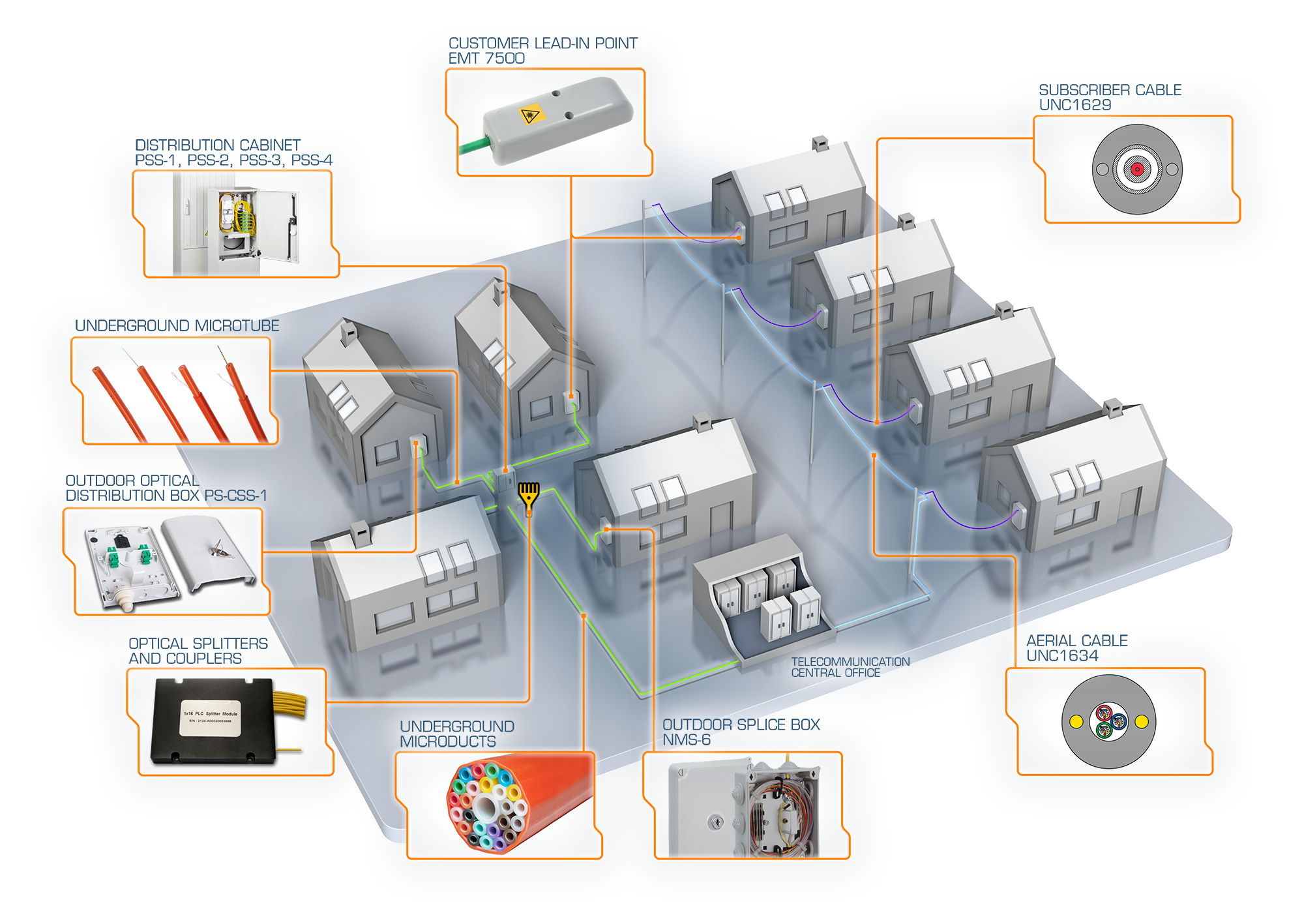
Exemplary construction of an access network in a housing estate of single-family houses
The purpose of a distribution/splice closure is to ensure the organisation and protection of fibre terminations coming into the residential area from the telecommunication central office, division using an optical splitter and connection with fibres leading to optical outlets in customers’ houses.
In underground networks, the subscriber connection can be made using a heavy-wall microduct, leading from the distribution pole to the customer’s house. The cost of such connection is similar to the cost of a connection made with underground cable, and additionally, it allows for a quick replacement of the fibre bundle leading from the distribution pole to the customer.
In both aerial and underground networks, it is recommended to minimize connections, also spliced, by installing pre-connectorized, properly-sized subscriber fiber optic pigtails. These pigtails are blown or pulled into the microduct from the optical outlet installed in the customer’s house, to the distribution pole, where fibres are spliced with the fibres of the distribution network.
The presented solutions are only an examples. Individual network components can be replaced by others with similar parameters and applications. As an experienced manufacturer, OPTOMER can offer alternative products or prepare prototypes tailored to customer needs.
The article was created with the participation of experts from the OPTOMER’s R&D Department. We encourage you to check their other solutions in the access networks’ field.
Other products presented in the visualization:

